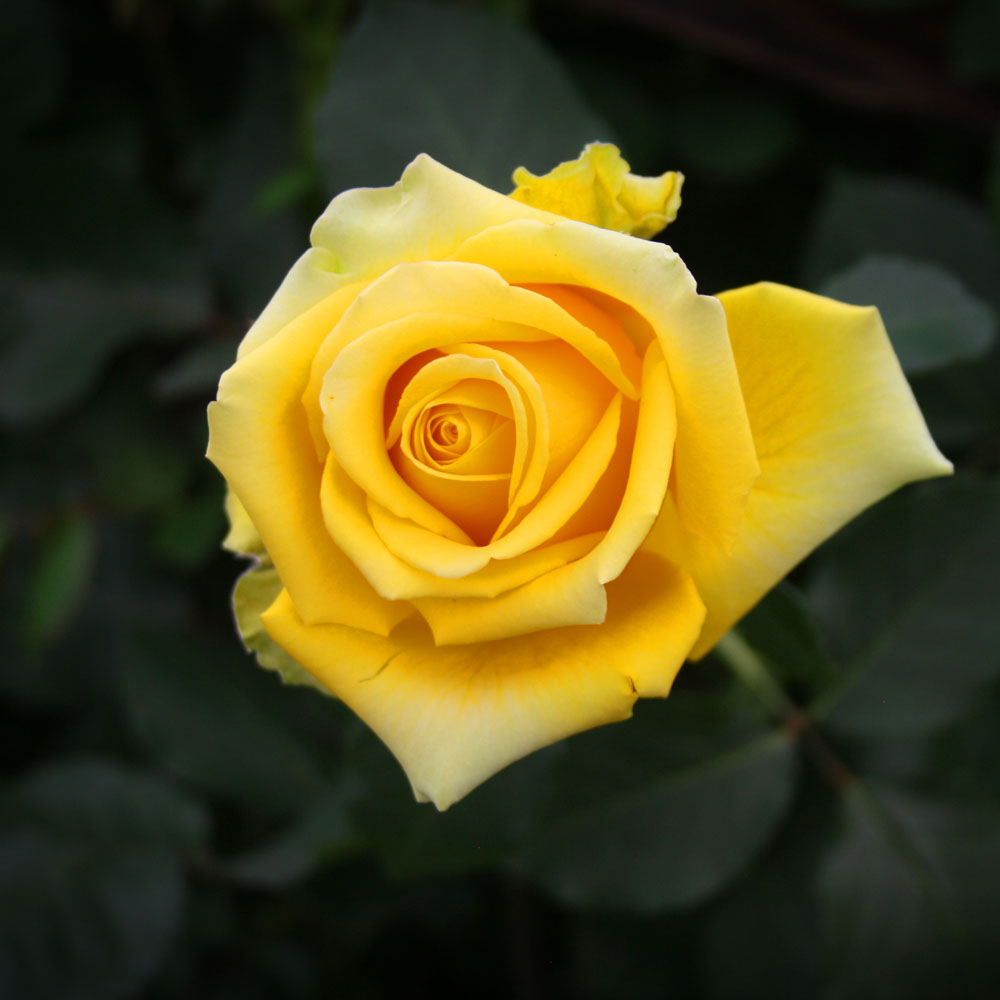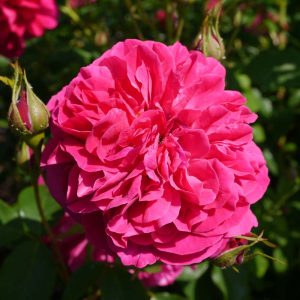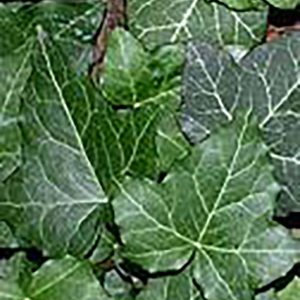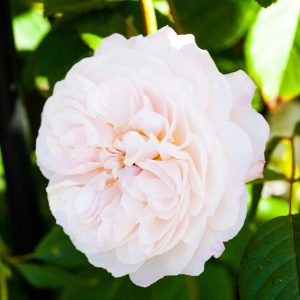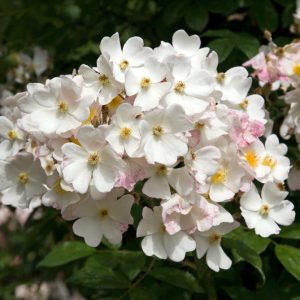Description
As a climbing sport of the popular ‘Arthur Bell’ rose, this variety produces large clusters of fragrant, deep yellow flowers that bloom in early summer. The blooms are double and cupped, with ruffled petals that provide a lovely textural element. The plant grows vigorously and can reach a height of up to 2 meters, making it an excellent choice for training on walls or trellises. The glossy green foliage is disease-resistant and makes a lovely backdrop for the vibrant blooms. Plant in well-drained soil in a sunny location for best results.
Key Facts
- Common Name(s):Arthur Bell Rose
- Hardiness:Fully hardy
- How big will I get? Rosa ‘Arthur Bell’ can grow to a height of 2m and a spread of 2m.
- Did You Know That:The oldest living rose is thought to be 1,000 years old and can be found in Hildesheim, Germany?
Plant Calendar
A rough guide to how this plant will change through the year.
| Jan | Feb | Mar | Apr | May | June | July | Aug | Sept | Oct | Nov | Dec | |
| Flowering Time |  |
 |
 |
 |
||||||||
| Foliage Colour |  |
 |
 |
 |
 |
 |
 |
 |
 |
| J | F | M | A | M | J | J | A | S | O | N | D |
 |
 |
 |
 |
||||||||
 |
 |
 |
 |
 |
 |
 |
 |
 |
Care Guide

Soil Requirements
Rosa ‘Arthur Bell’ prefers moist but well-draining soil. This plant can grow in soil with a wide range of pH levels, it is not picky about the pH level of the soil.

Best Position
Rosa ‘Arthur Bell’ can handle either an exposed or a sheltered position and requires full sun to thrive, this consists of more than six hours of direct sunshine per day.

Maintenance
Rosa ‘Arthur Bell’ should be pruned in late winter or early spring, before new growth begins. Start by removing any dead, damaged, or diseased wood from the plant, cutting back to healthy wood and sterilizing your pruning shears between cuts to prevent disease spread. To encourage the growth of new canes, cut back the lateral branches on the main stems to two or three buds. Tie in new canes to your support structure as they grow, using a soft material like twine or velcro tape to prevent damage to the plant. Finally, remove any crossing branches or branches that are rubbing against each other to prevent damage and encourage healthy growth. By following these steps, you can keep your climbing roses healthy, attractive, and blooming beautifully year after year.

Pest, Diseases and Wildlife
Rosa ‘Arthur Bell’ can have problems with aphids, leafhoppers, and scale insects , it can be vulnerable to certain diseases such as black spot, rust and powdery mildews. It is also known to attract bees, butterflies and other pollinators. It is not considered to be toxic.
